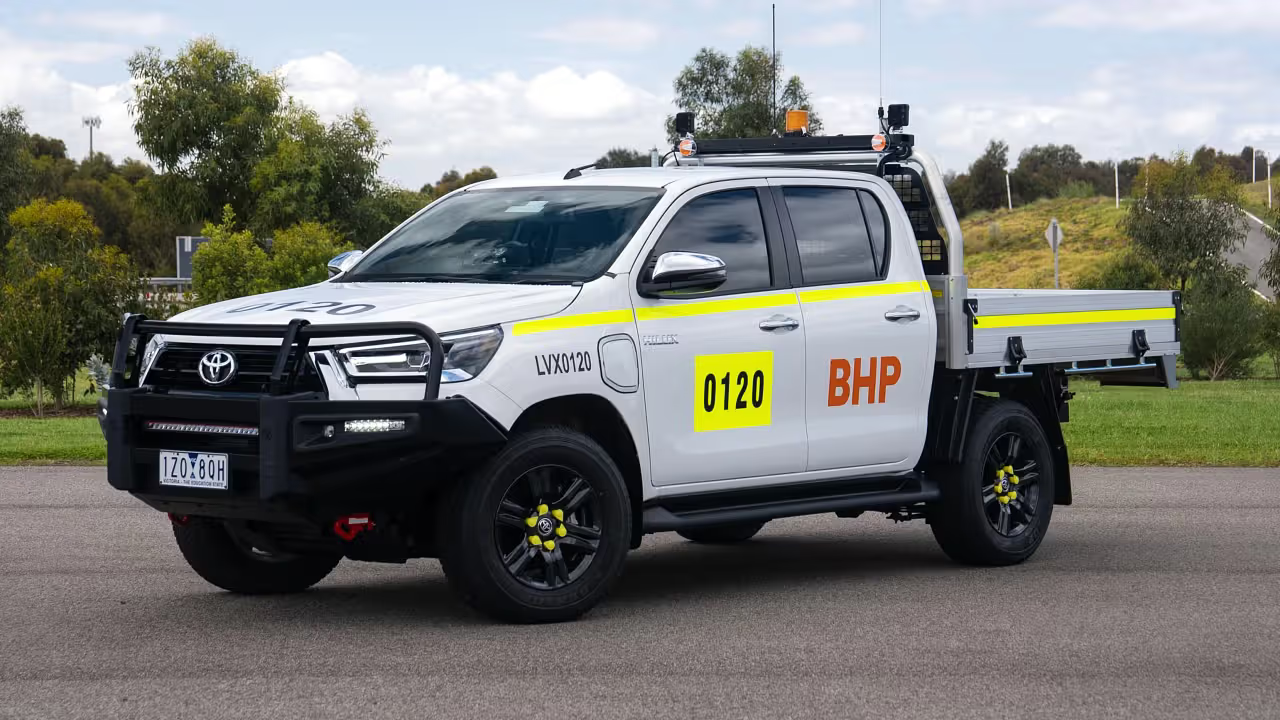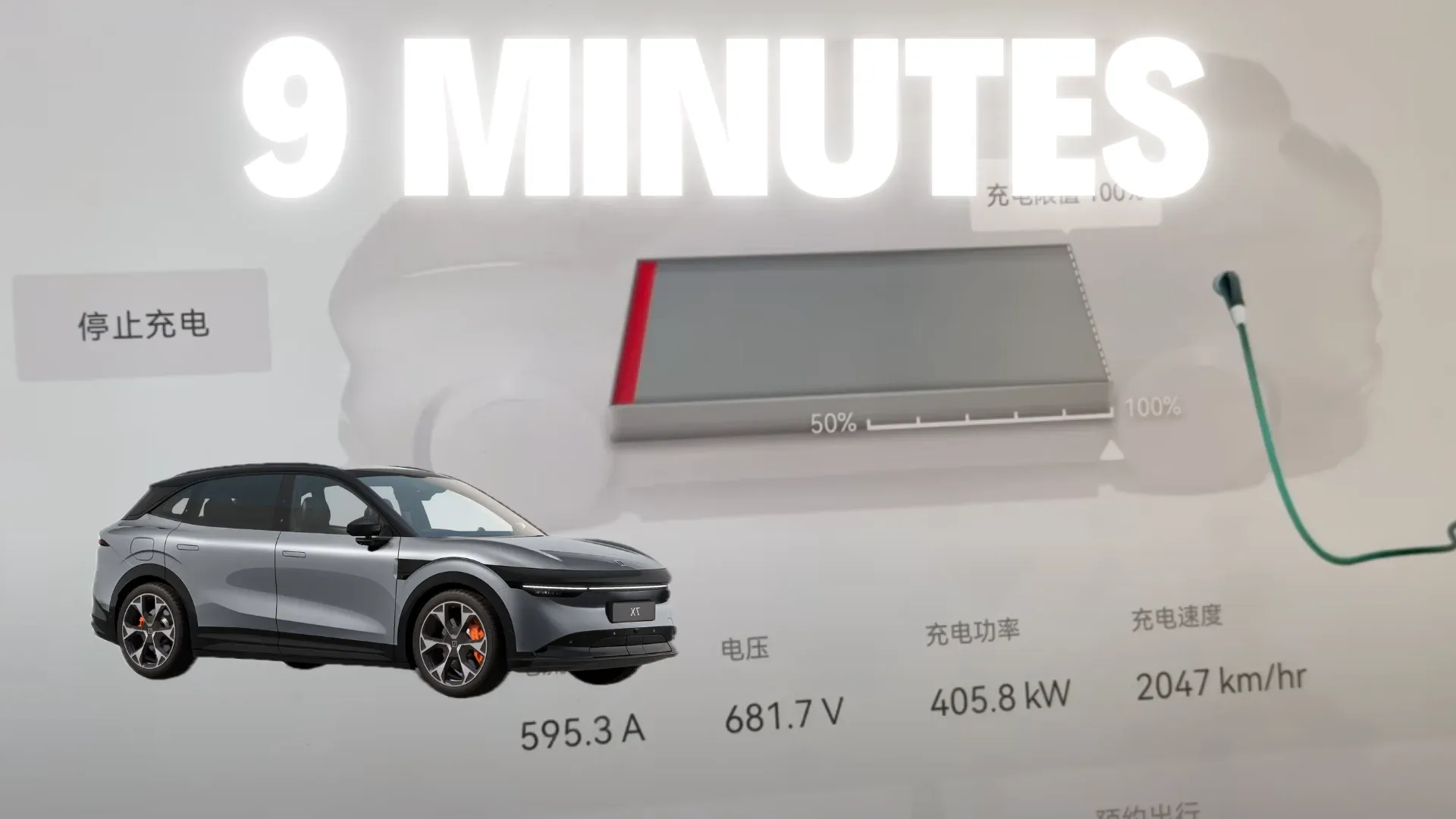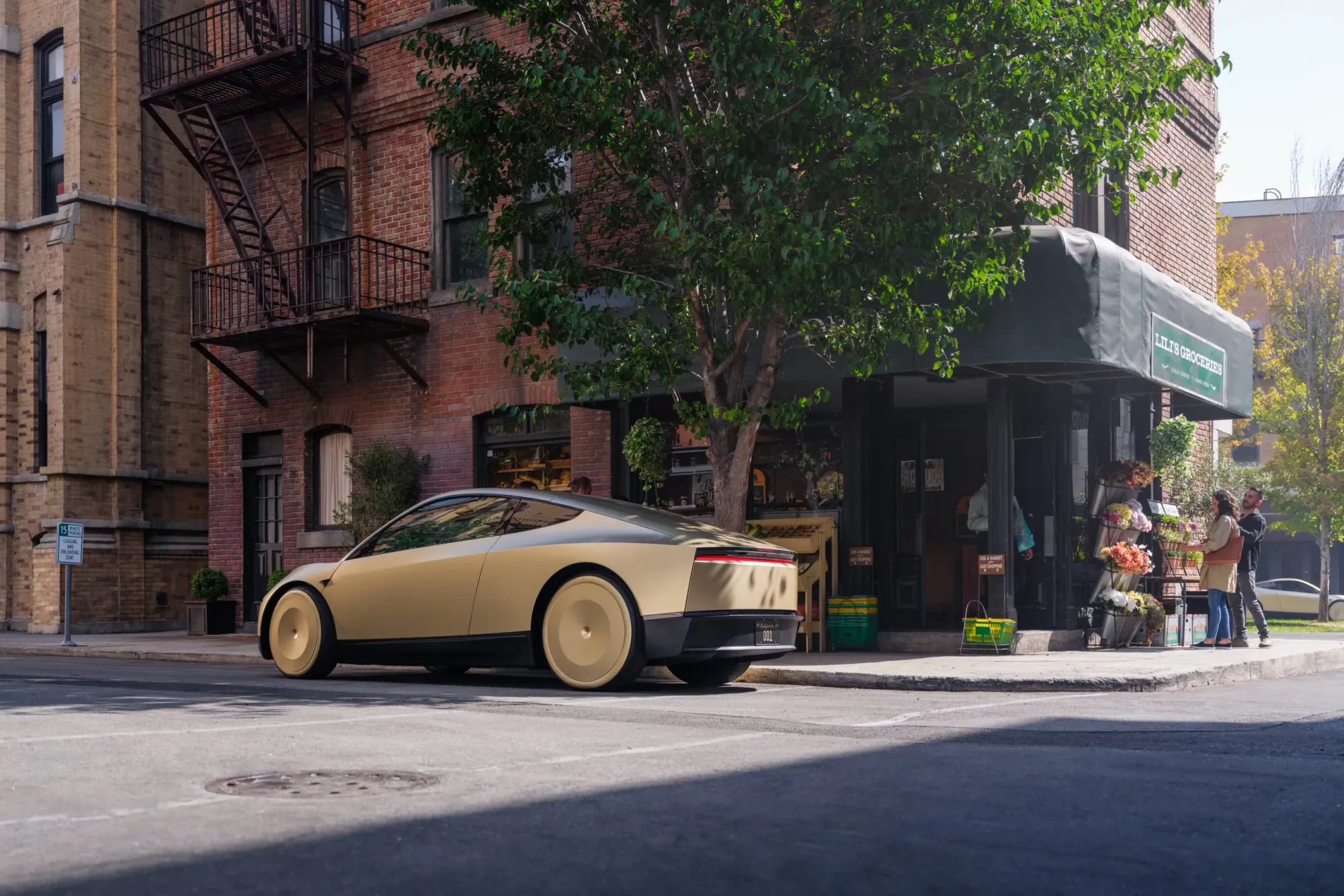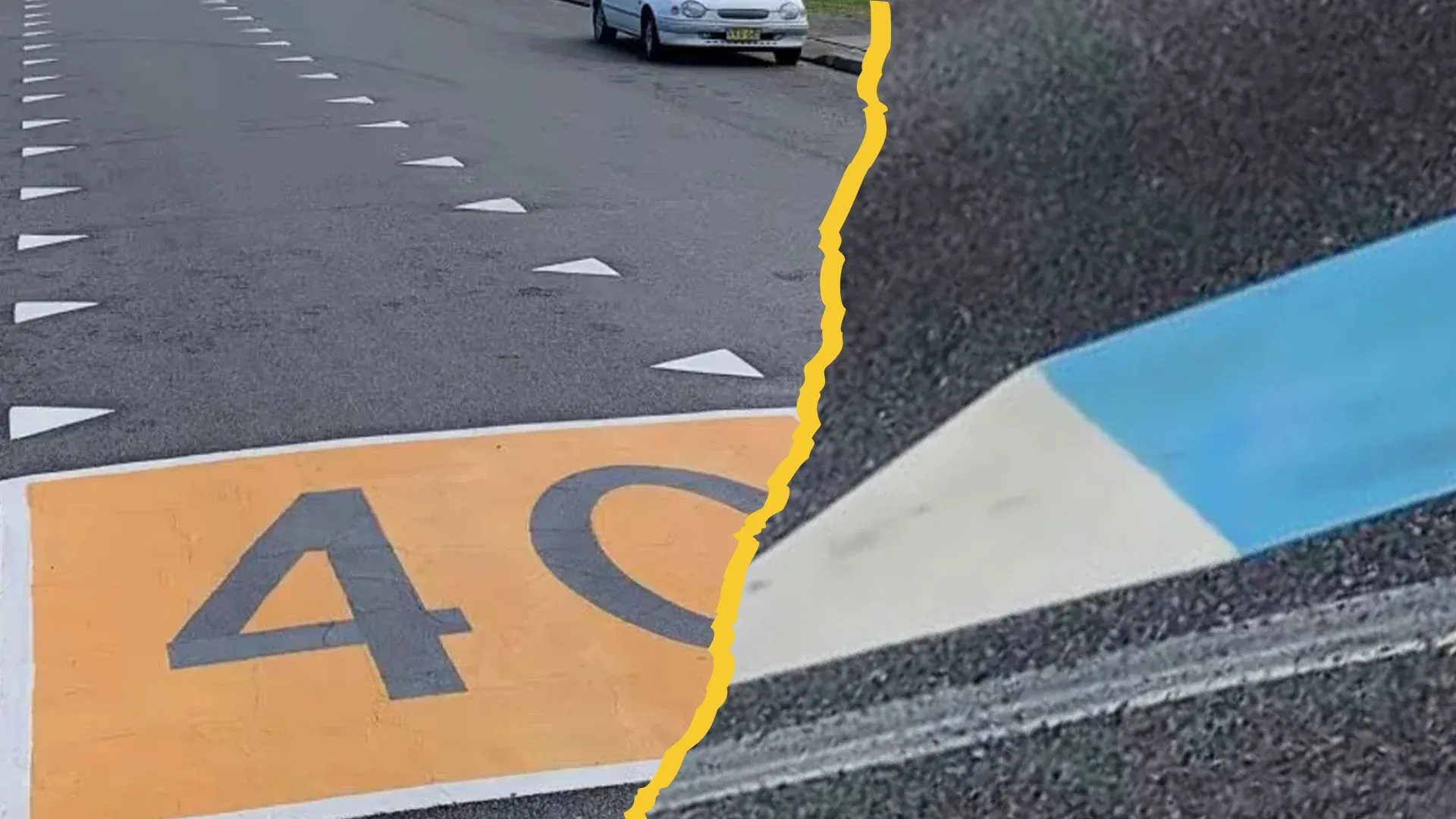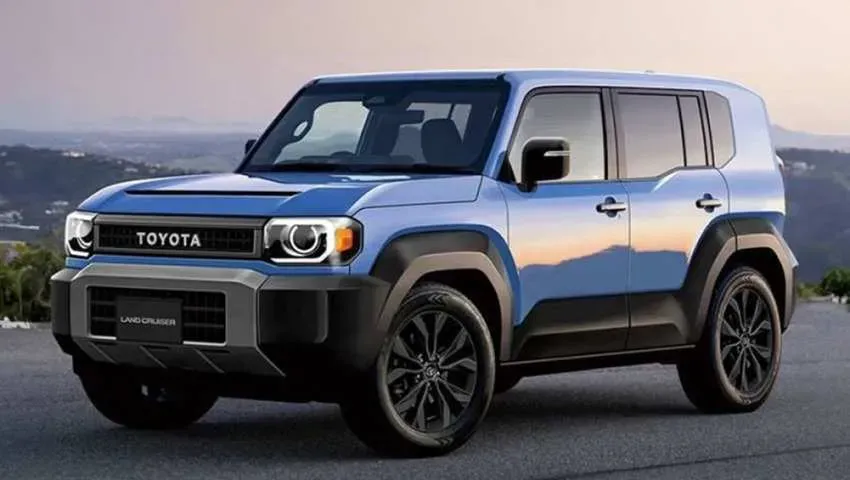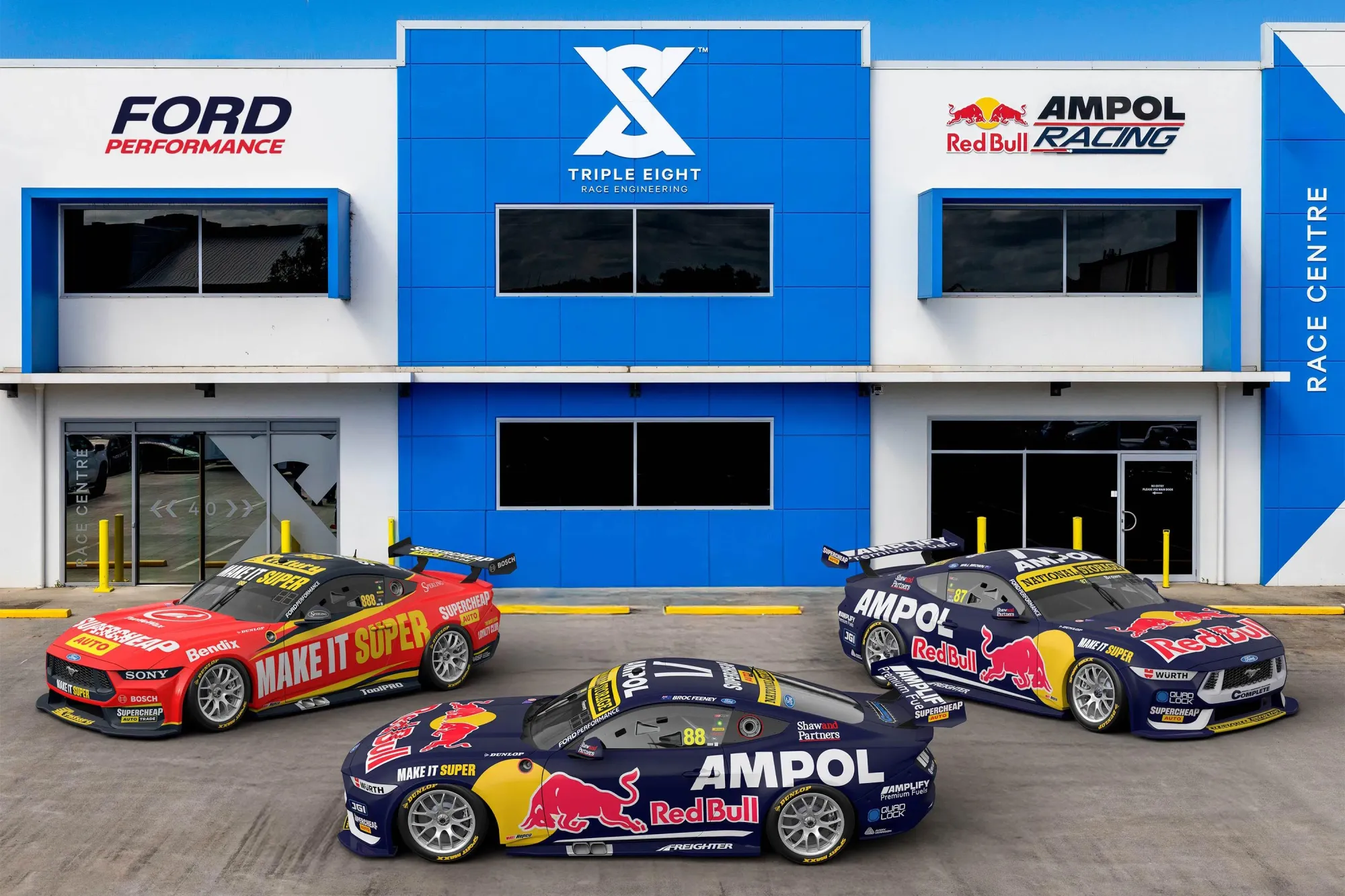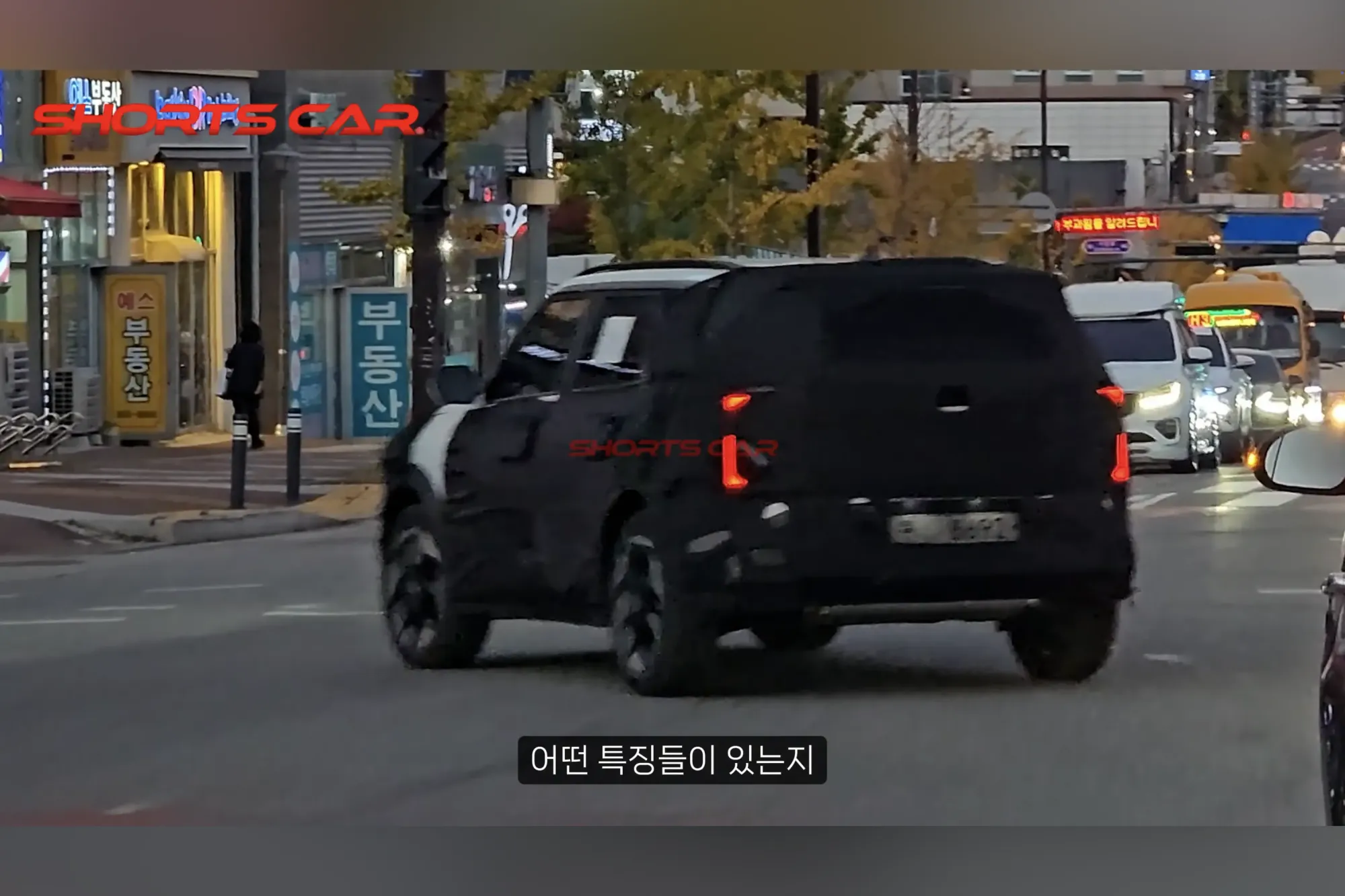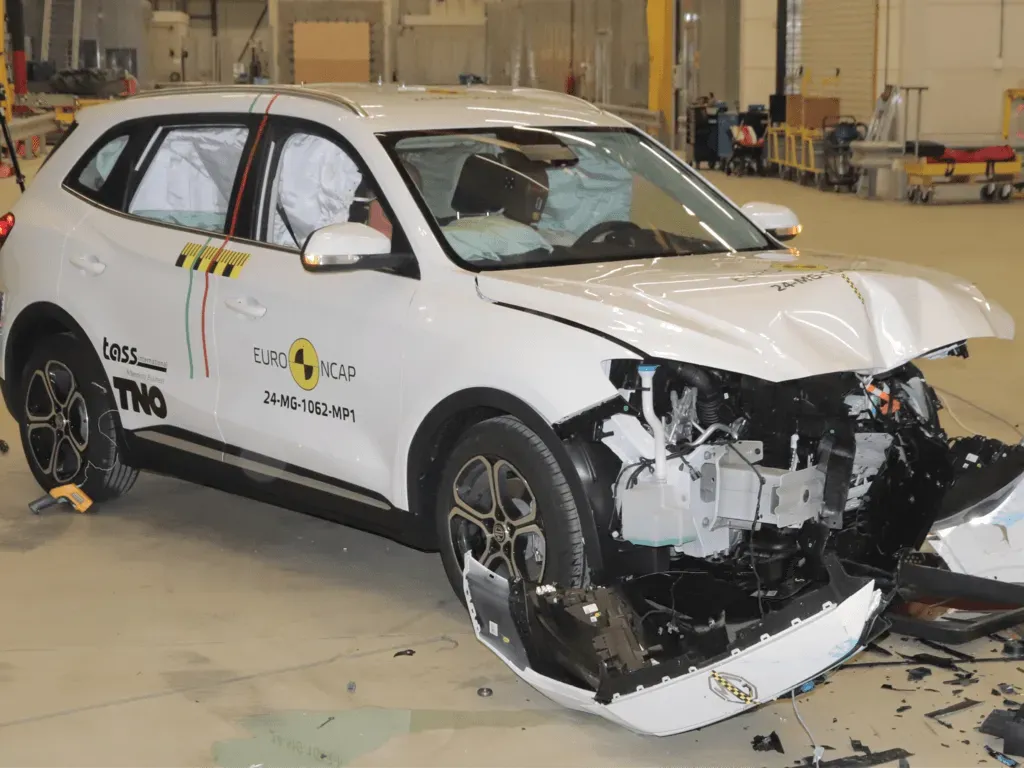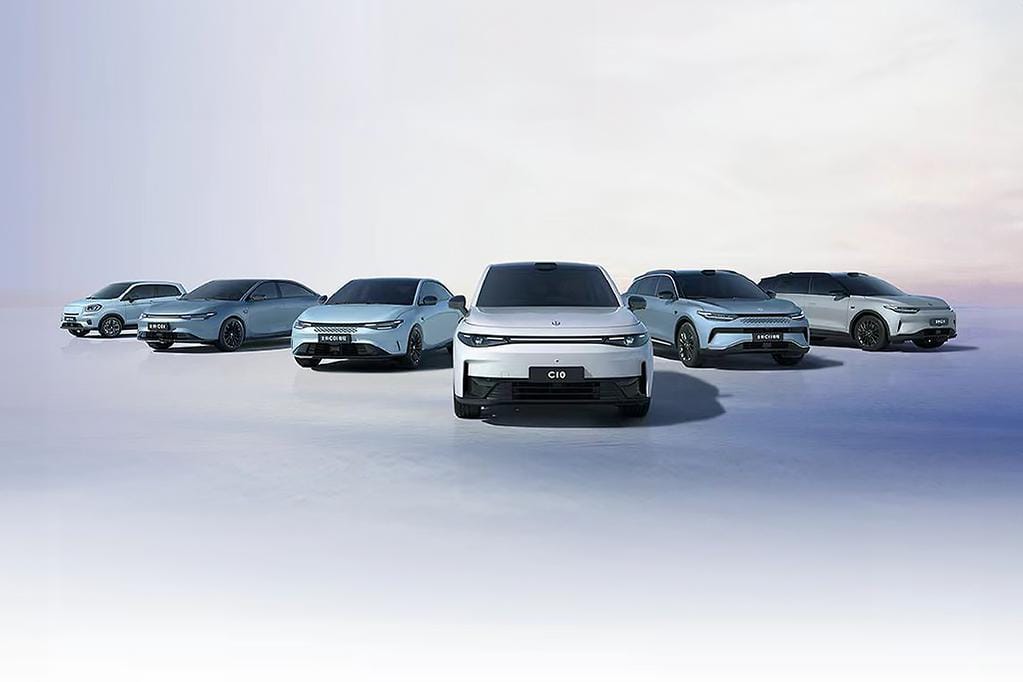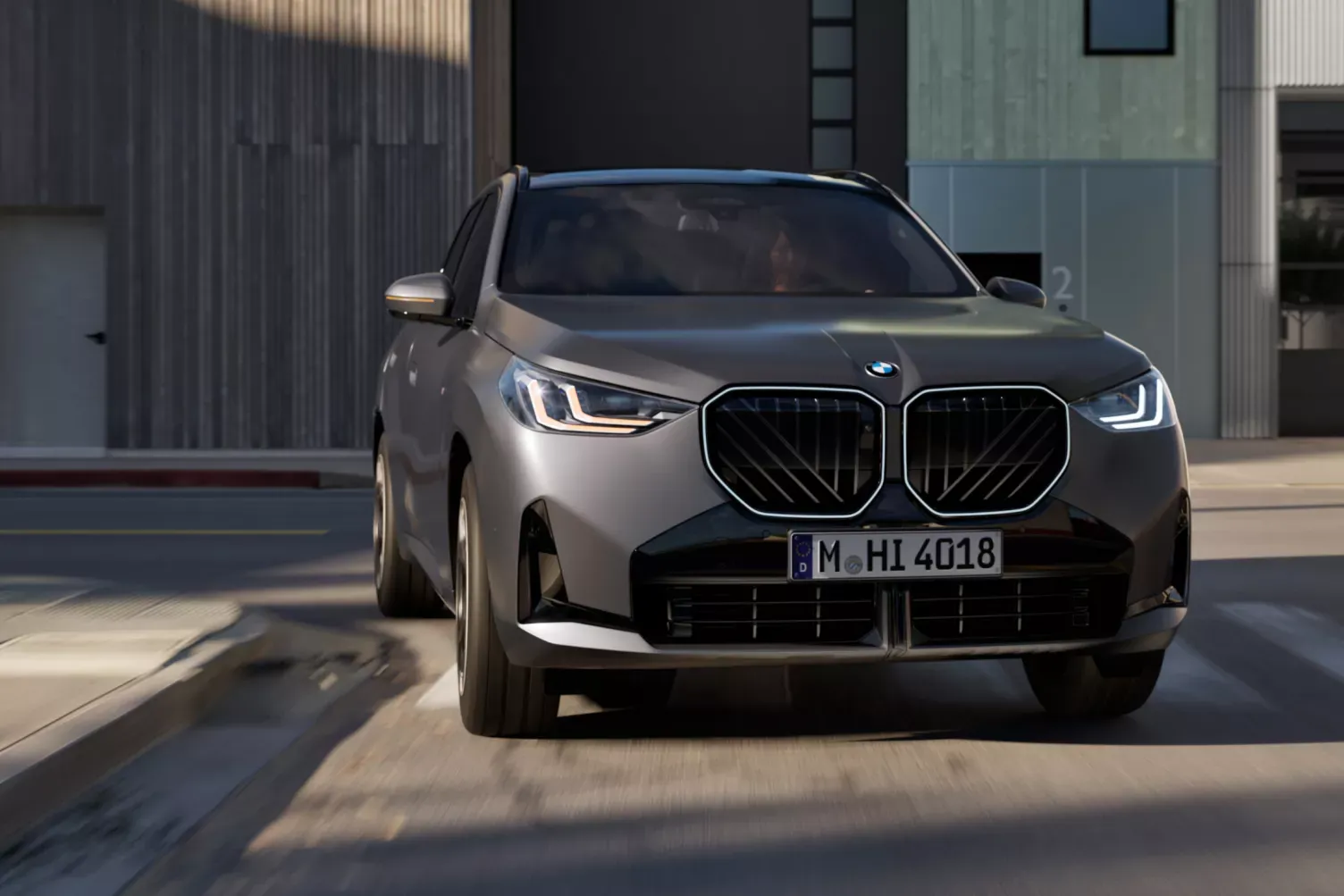Toyota Australia and mining giant BHP have joined forces to trial a prototype battery-electric HiLux double cab ute in a pioneering 12-month program set to begin in late November at BHP's Port Hedland operations in Western Australia.
Trial Details
Key aspects of the electric HiLux trial:

- Duration: Approximately 12 months
- Location: BHP's Port Hedland operations, Western Australia
- Purpose: To test the electric HiLux in various tasks typically handled by diesel-powered light vehicles
- Feedback: BHP to provide critical input to Toyota for refining vehicle performance
Vehicle Specifications

Details of the electric HiLux prototype:
- Body style: Double cab ute
- First BEV prototype based on a double chassis-cab Toyota HiLux
- Visually similar to ICE-powered version, with added charging port on front fender
- Reinforced front bumper with integrated LEDs and sturdy bull bar

Significance of the Trial
Importance for both companies:
- Marks a "significant milestone in the HiLux's history" according to Toyota Australia CEO Matthew Callachor
- Demonstrates Toyota's multi-pathway approach to decarbonization
- Supports BHP's ambition to electrify its light vehicle fleet and reduce greenhouse gas emissions
Industry Impact
Broader implications for the automotive and mining sectors:
- Potential to reduce diesel use in mining operations
- May influence future development of electric utes for general consumers
- Part of a larger trend towards electrification in heavy-duty industrial applications
Future Outlook
Potential outcomes and next steps:
- Insights from the trial to inform future electric HiLux development
- Production version expected in Thailand by the end of 2025
- Possibility of expanding to other markets, including Europe
As Toyota and BHP embark on this groundbreaking trial, the electric HiLux prototype faces the ultimate test in one of the world's most demanding work environments. The success of this program could pave the way for widespread adoption of electric utes in both industrial and consumer markets, marking a significant step towards sustainable transportation in the automotive industry.



